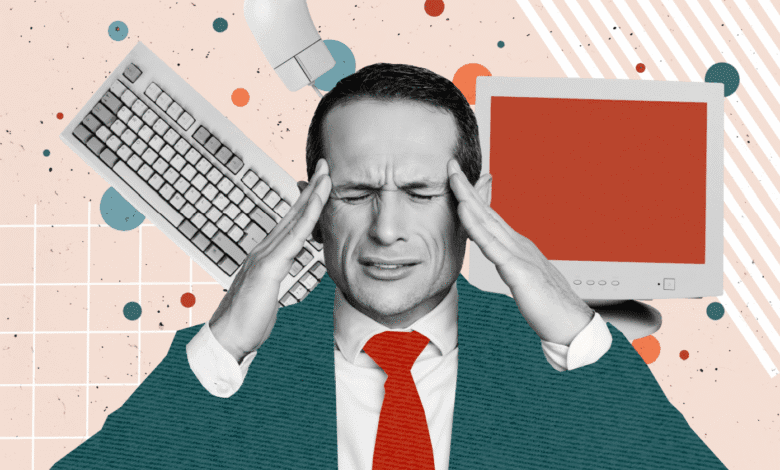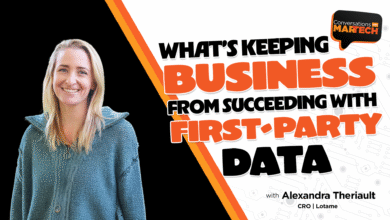CMOs’ Toughest Year: Key Challenges & Lessons

▼ Summary
– The past year has been exceptionally challenging for CMOs due to changing consumer behavior, increased competition, rapid tech advancements, economic uncertainty, and measurement pressures.
– COVID-19 permanently altered consumer expectations, requiring CMOs to prioritize digital engagement, personalization, and sustainability.
– AI and machine learning are now critical for marketing success, enabling automation, hyper-personalization, and predictive analytics.
– CMOs must optimize for evolving consumer behaviors like the “4S” (streaming, scrolling, searching, shopping) and leverage platforms like YouTube for discoverability and conversions.
– Effective measurement and data-driven strategies, such as multi-touch attribution and profit-focused metrics, are essential to demonstrate marketing ROI and secure budgets.
The past year has been one of the most challenging periods for chief marketing officers in recent memory. A perfect storm of shifting consumer behaviors, economic volatility, and rapid technological change has forced marketing leaders to rethink strategies while proving measurable business impact. Those who adapt quickly will not just survive, they’ll thrive in this new era of marketing complexity.
Consumer expectations have fundamentally shifted. The pandemic accelerated digital adoption, making personalized, seamless experiences non-negotiable. Brands must now engage customers across multiple touchpoints while respecting privacy concerns. YouTube has emerged as a critical platform for discovery, with shoppers relying on creator reviews and tutorials to shorten decision cycles. Sephora’s collaboration with influencers on Shorts-driven gift guides, for example, boosted holiday searches by 82%.
Competition is fiercer than ever. With brands fighting for attention across fragmented channels, differentiation requires more than just budget, it demands creativity. AI is leveling the playing field, enabling hyper-targeted campaigns at scale. Rare Beauty’s AI-powered YouTube and Search strategy delivered a 7X return on ad spend by aligning messaging with Gen Z preferences.
Technology moves faster than adoption. While nearly every company invests in AI, few have mastered its strategic use. The gap often lies in leadership, not tools. H&R Block’s focus on empathy-driven AI integration increased marketing efficiency by 24%, proving that human-centered approaches yield the best results.
Economic uncertainty complicates planning. Inflation and supply chain disruptions force tighter budgets, making ROI measurement critical. First-party data is now essential as third-party cookies fade, requiring brands to build direct relationships through loyalty programs and transparent data collection.
Measurement remains a hurdle. Traditional attribution models struggle with today’s nonlinear customer journeys. Profit-driven metrics like POI (Profit on Investment) are gaining traction, shifting focus from vanity metrics to bottom-line impact. Lululemon’s AI-powered performance marketing overhaul cut acquisition costs while lifting ROAS by 8%.
Agility separates leaders from laggards. Cross-functional teams, continuous learning, and real-time data analysis help CMOs pivot quickly. Some forward-thinking companies are even bringing economists into marketing teams to navigate volatility with data-backed strategies.
The path forward demands bold adaptation. Success hinges on deep customer insight, seamless omnichannel execution, and AI-powered efficiency, all underpinned by rigorous measurement. The CMOs who embrace this complexity will redefine what marketing can achieve in turbulent times.
(Source: Search Engine Journal)





